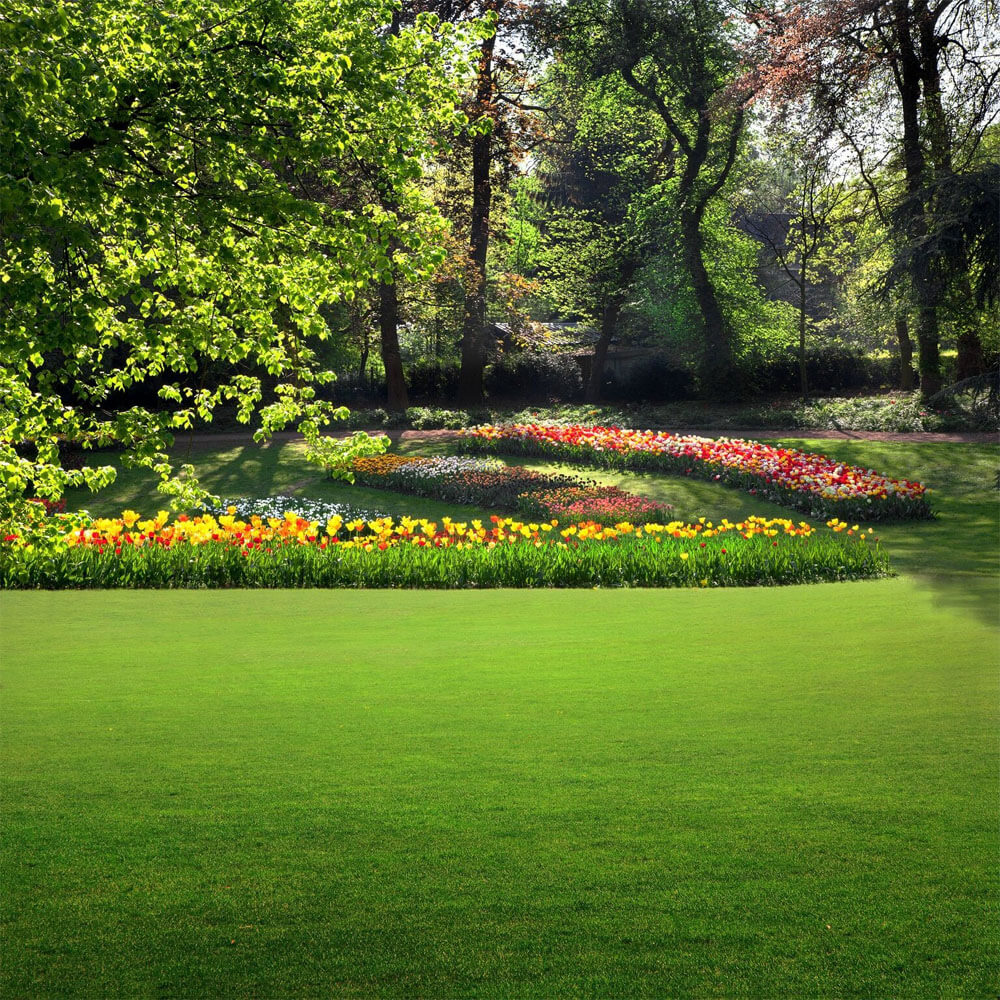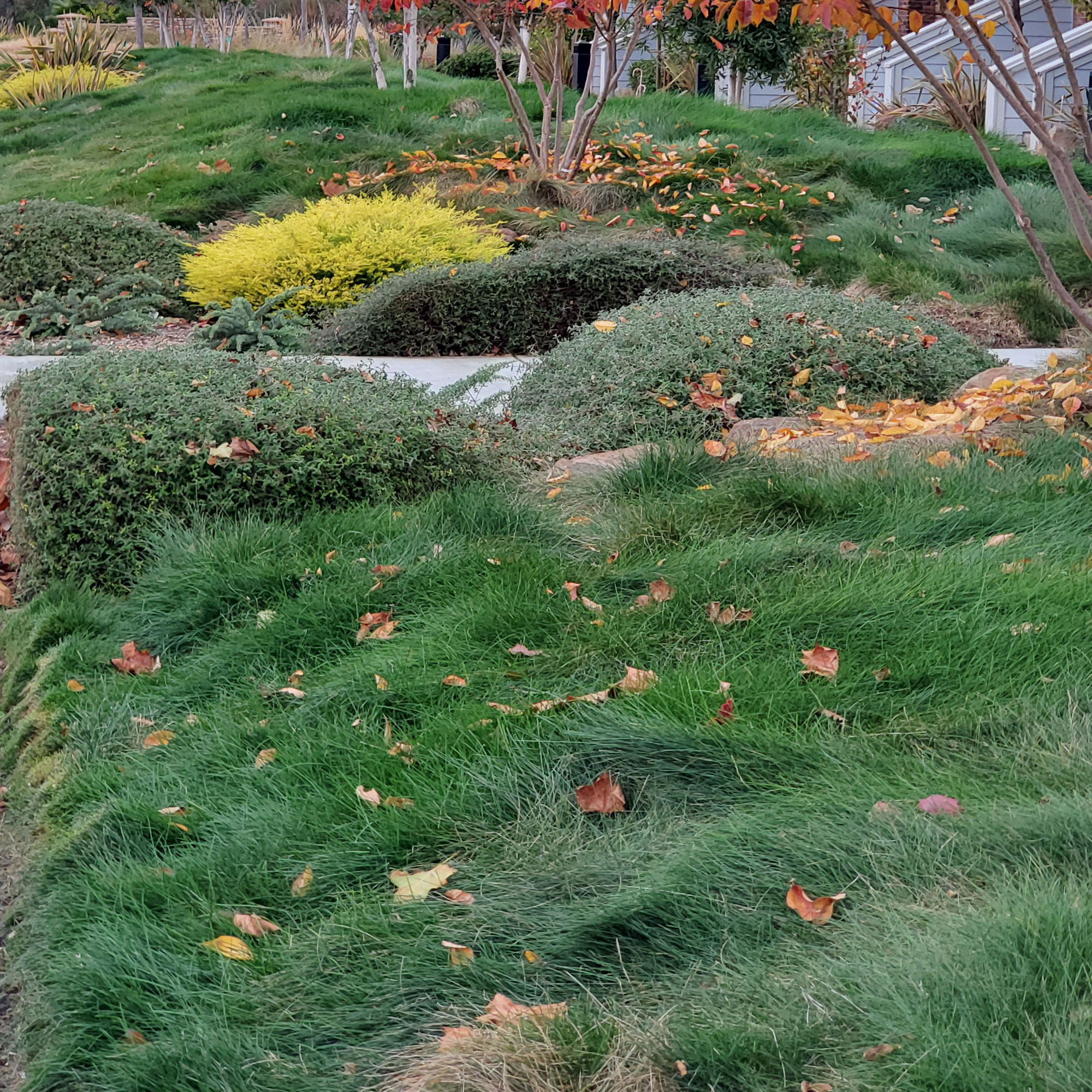Creeping Red Fescue Grass Seed




Creeping red fescue grass is adapted to cool, temperate climates. It requires more moisture than hard fescue or sheep fescue, and prefers a pH of 5.5 to 6.5 but can survive considerable acidity. It can be grown as a dryland cover crop in coastal regions or other areas with average annual precipitation greater than 18 inches. Elsewhere, it will produce better yields if grown under irrigation. Creeping red fescue grass is climatically adapted to all of the major land resource regions that receive adequate moisture and have well-drained soils. It thrives in sun or shade. Creeping red fescue is distributed from the western to the eastern U.S.
Zeal, Class One and/or Chantilly Creeping Red Fescue grass seed are outstanding members of the cool season grass family. Zeal, Class One and/or Chantilly has the ability to "creep" or spread through underground shoots which help repair damaged areas and fill in thin stands of lawn. This revolutionary breed of creeping red fescue grass is a beautiful shade of green and will maintain is luxurious color without extra fertilizer. Creeping red fescue makes excellent lawns, golf greens and turf for ground cover in landscaping. It is also an important grass seed for shade and performs even on sandy soils.
Seeding Rate & Planting Time
- New turf: Sow 4 - 5 pounds creeping red fescue turf seed per 1,000 square feet or 160 - 200 lbs/acre for broadcast seeding
- Over-seeding: Sow 2 - 2 1/2 pounds creeping red fescue lawn seed per 1,000 square feet or 80 - 100 lbs per acre for broadcast over-seeding
- Plant cool climate grass seed when soil temperature reaches 55 degrees in spring up until a minimum of 8 weeks before frost in fall































